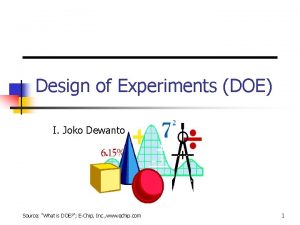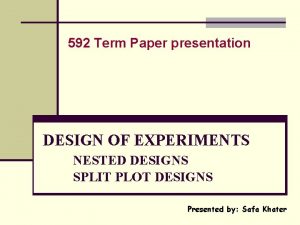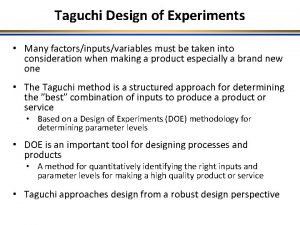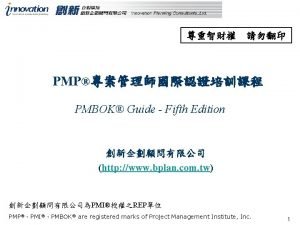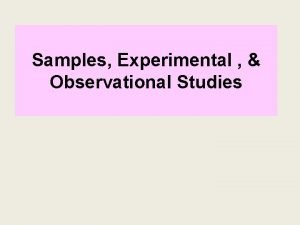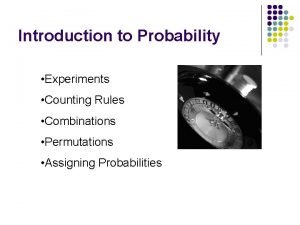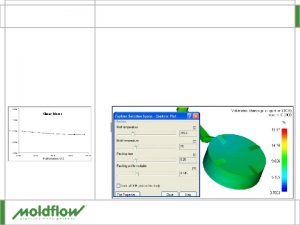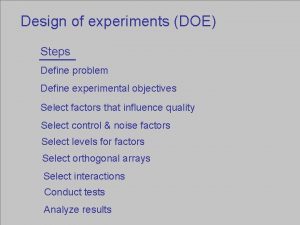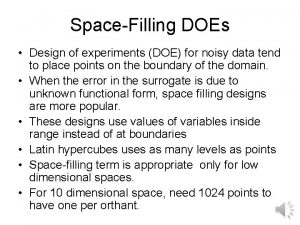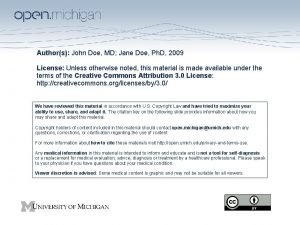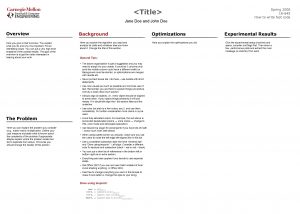Design of Experiments DOE 1 2 3 4

















- Slides: 17

Design of Experiments (DOE) 1. 2. 3. 4. 5. 6. 7. What is DOE? Purpose of DOE? Choose the design (Eg. Box-Behnhen) Principle of selected design How it works? How do you calculate? Conclusion

Design of Experiments Factorial design Regression analysis Mathematical model Statistical model Response surface methodology Central composite Box-Behnhen design Plackett Burmann model and etc.

Design of Experiments (DOE) • DOE is a formal mathematical method for systematically planning and conducting scientific studies that change experimental variables together in order to determine their effect of a given response. • DOE makes controlled changes to input variables in order to gain maximum amounts of information on cause and effect relationships with a minimum sample size.

Role of DOE in Process Improvement • DOE is more efficient that a standard approach of changing “one variable at a time” in order to observe the variable’s impact on a given response. • DOE generates information on the effect various factors have on a response variable and in some cases may be able to determine optimal settings for those factors.



BASIC STEPS IN DOE • • • Four elements associated with DOE: 1. The design of the experiment, 2. The collection of the data, 3. The statistical analysis of the data, and 4. The conclusions reached and recommendations made as a result of the experiment.

• Based on the results of the analysis, draw conclusions/inferences about the results, interpret the physical meaning of these results, determine the practical significance of the findings, and make recommendations for a course of action including further experiments

EXAMPLE: CONCLUSIONS • In statistical language, one would conclude that whether is not statistically significant at a 5% level of significance since the p-value is greater than 5% (0. 05).

2 k DESIGNS (k > 2) • As the number of factors increase, the number of runs needed to complete a complete factorial experiment will increase dramatically. The following 2 k design layout depict the number of runs needed for values of k from 2 to 5. For example, when k = 5, it will take 25 = 32 experimental runs for the complete factorial experiment.

Interactions for 2 k Designs (k = 3)

2 k DESIGNS (k > 2) • For example, if there are no significant interactions present, you can estimate a response by the following formula. (for quantitative factors only)





 Design of experiments doe
Design of experiments doe Jmp doe analysis
Jmp doe analysis Full factorial design
Full factorial design Design of experiments quality management pmp
Design of experiments quality management pmp Paper presentation design
Paper presentation design Orthogonal array
Orthogonal array Pmp stakeholder engagement plan
Pmp stakeholder engagement plan Design of experiments
Design of experiments Six sigma betekenis
Six sigma betekenis Design of experiments
Design of experiments Torrent qq
Torrent qq Http://earthobservatory.nasa.gov/experiments/biome/
Http://earthobservatory.nasa.gov/experiments/biome/ Test your hypothesis
Test your hypothesis Survey vs observational study
Survey vs observational study 1980-1896
1980-1896 Counting rule for multiple-step experiment
Counting rule for multiple-step experiment A balanced outlook on law
A balanced outlook on law Science experiments for highschool
Science experiments for highschool
